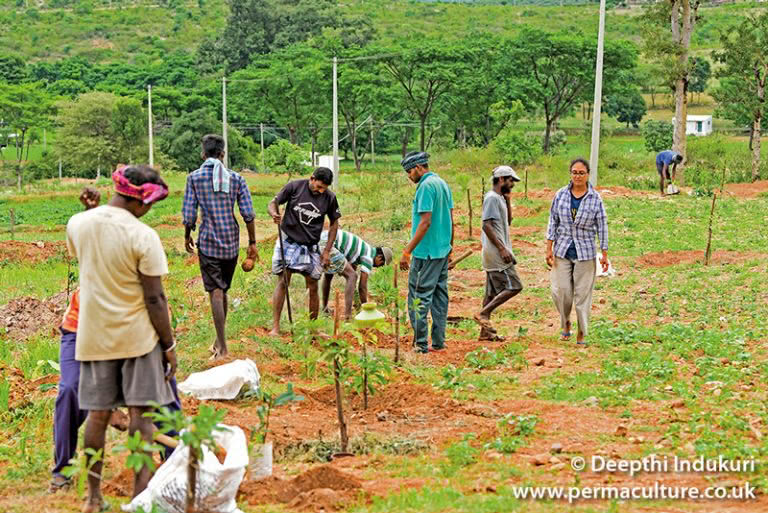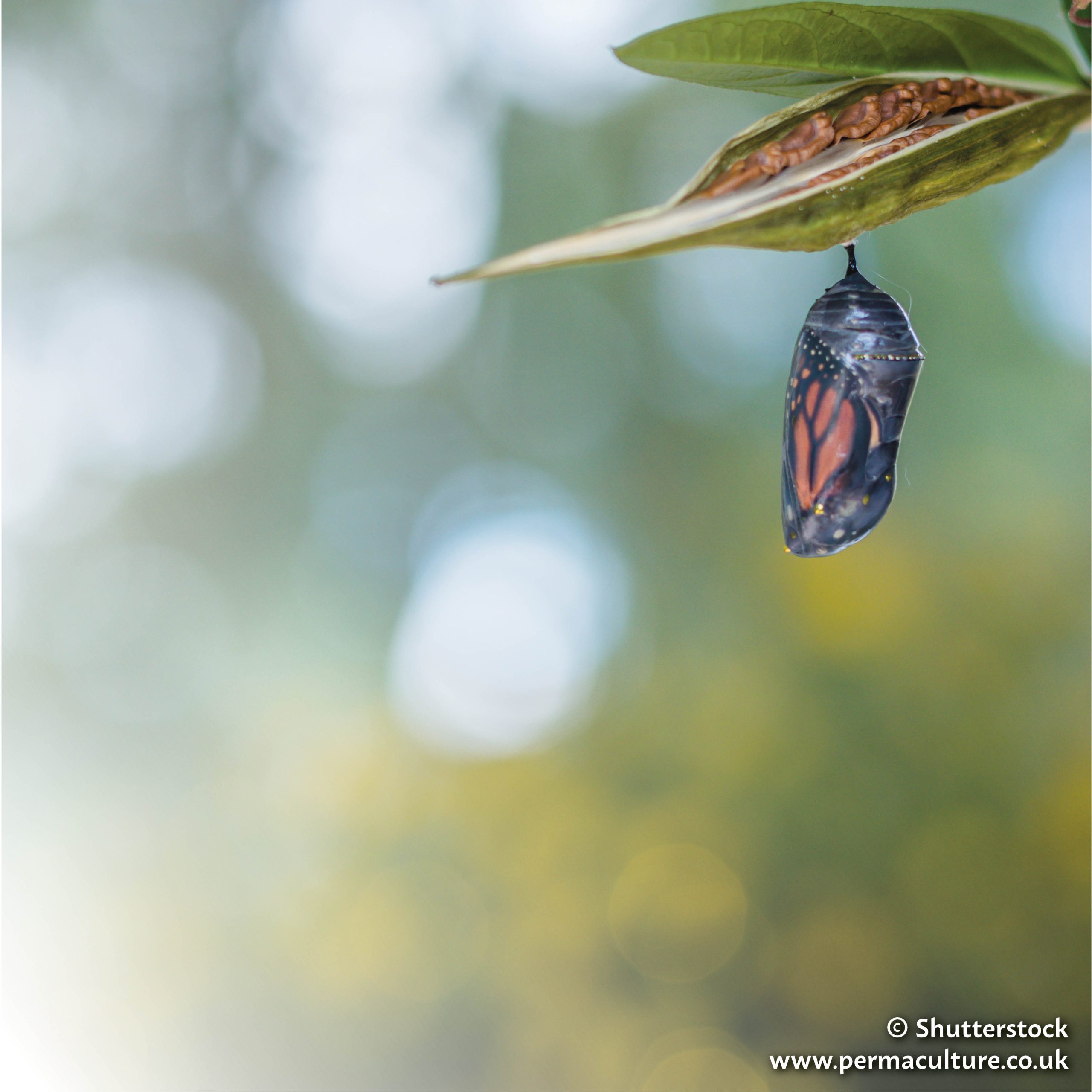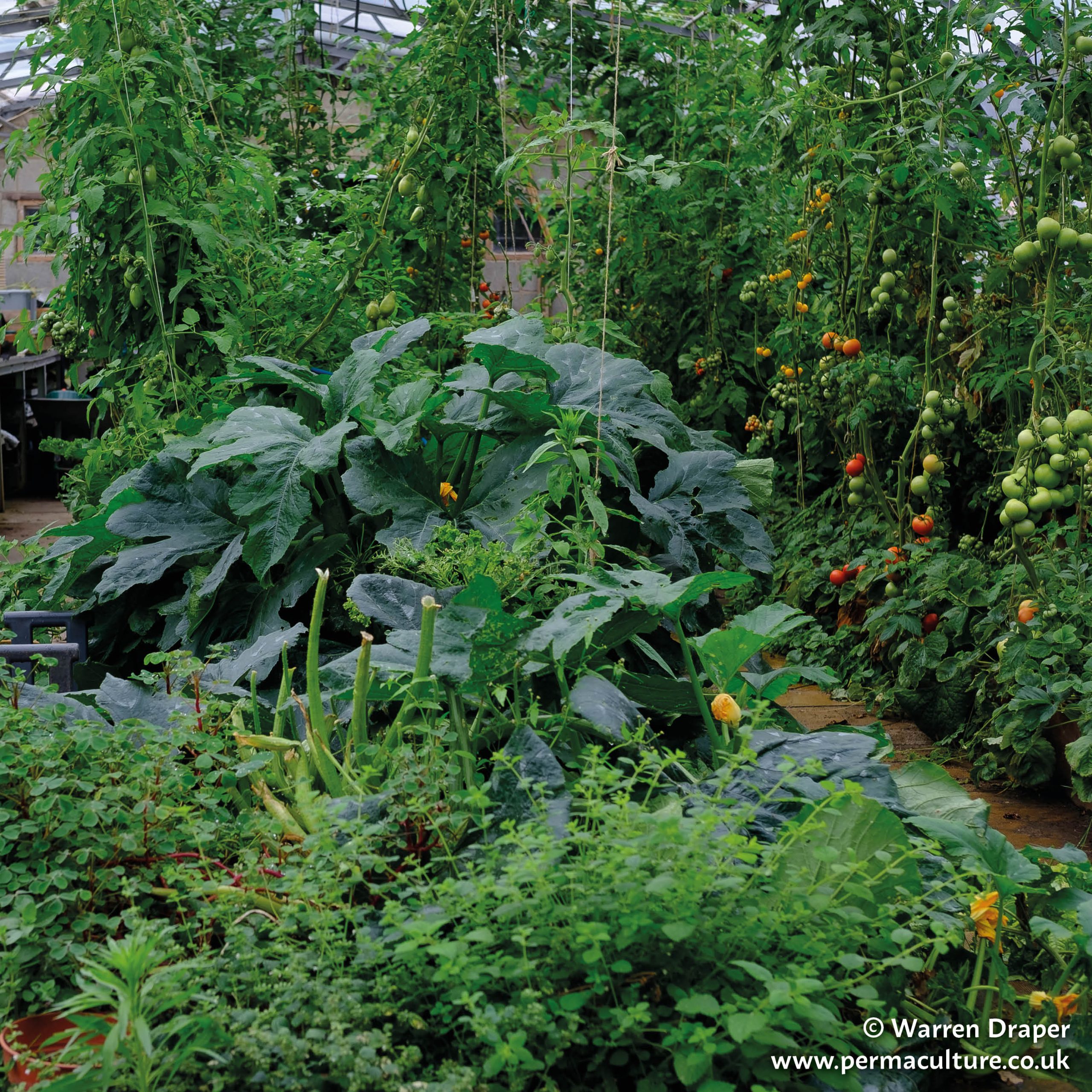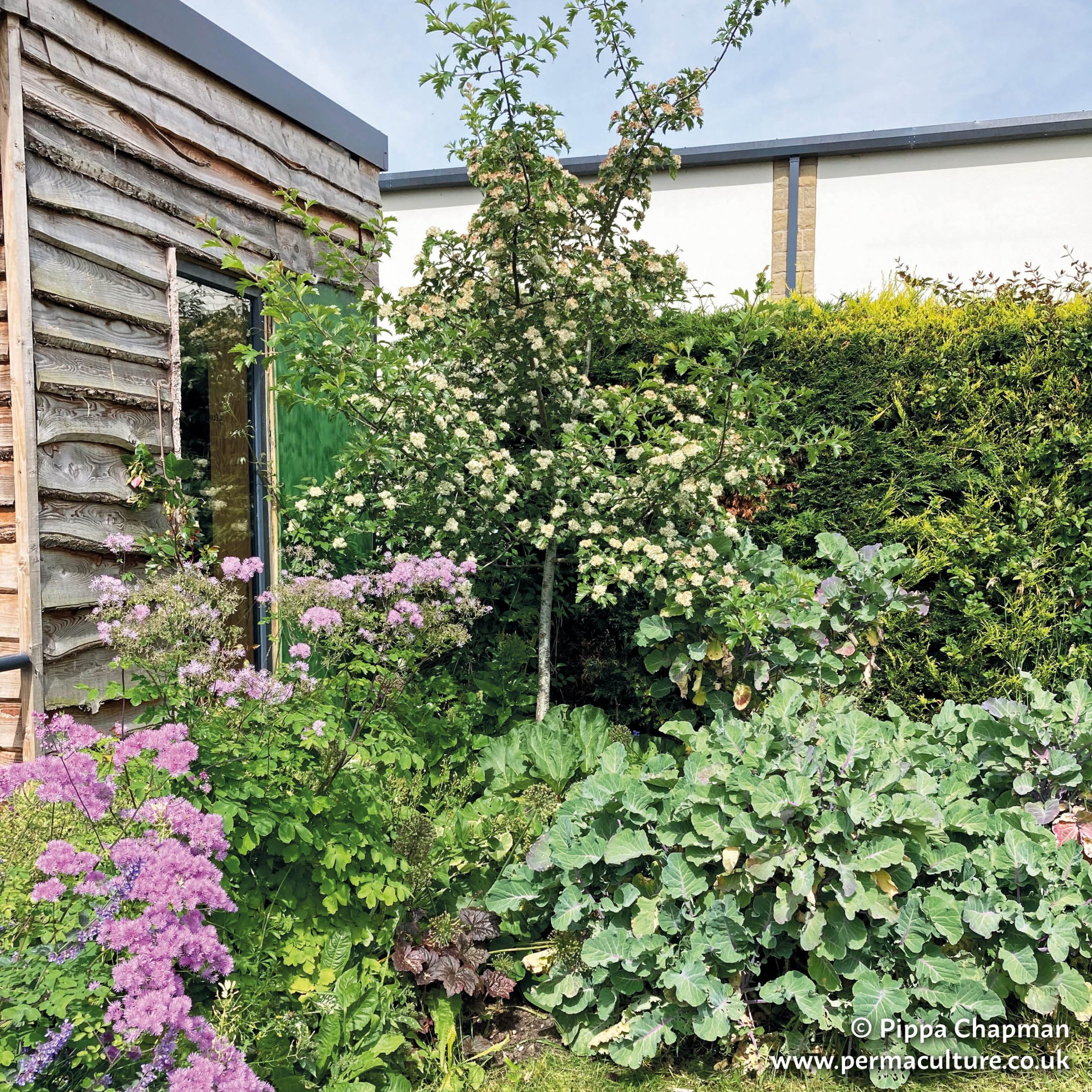Many think that permaculture growing practices are limited to those with abundant outdoor space or great quantities of money to invest in food farming. But as with any permaculture or farming technique, success in growing crops indoors relies on observing and adapting to each unique environment.
Indoor permaculture techniques are adaptable to small or large budgets, emphasising the method’s universal availability.
The advantages of indoor growing spans a range of categories. This is from saving money on natural produce, creating urban waste solutions and stimulating natural cooling effects.
Stevović et al (2018) discuss permaculture practices as a prime opportunity for promoting sustainable urban environments. Highly affected by waste surplus, poor air quality, lack of green space access and fresh produce inaccessibility, the growing methods proposed by permaculture are excellent for life in cities.
1. For low cost, organic food
One of the main problems faced by many (particularly lower income) urban areas is a lack of access to locally grown produce. Oftentimes the fresh food which is available for those who cannot afford to buy organic is filled with pesticides and harmful chemicals.
One of the benefits of indoor growing is the ability to introduce a wide range of crops into your home at a low cost, fed by natural homemade compost.
2. As a solution to urban waste excess
According to figures produced by the European Directive on Waste (2018), about a third of solid waste is bio waste, this accumulates in landfill and also contributes to a buildup of methane gas.
In a permaculture model, growers make their own compost using discarded food scraps, otherwise fated to build up as waste surplus.
Composting at home provides an immediate solution to home waste build up, self-produces its own hummus for plant growth and requires no transportation from source to soil.
Furthermore, removing and naturally treating food waste means that bins release far less odour, particularly in warmer summer months.
Using homemade compost not only brings huge environmental benefits, but also contributes to food health advantages by avoiding the damaging chemicals in store bought fertilisers.
As making compost with little space is inevitably a challenge, later we will look at techniques for urban growers.
3. To promote better air quality
In urban areas, pollutants from road traffic can build up significantly in the home. Plants work as natural air purifiers by taking in carbon dioxide through their leaves and producing oxygen in turn. Furthermore, the microorganisms present in their soil and compost also play an important role when absorbing air pollutants, providing yet another reason to introduce plants into your home.
4. To promote natural cooling and reverse the urban heat island effect
In summer plants can absorb vast amounts of solar radiation, and as the plants transpire their temperature decreases, thus cooling the ambient temperature (Liu et al, 2022).
This cooling effect, when counterbalancing the ‘urban heat island effect’, by which solar radiation becomes trapped by urban building design, can have a tremendous cooling effect in stuffy apartments in the summertime.
As indoor growing is so versatile, it can enter our homes on a range of scales and budgets.
Techniques
Growing vertically
Whilst being used today by large commercial farming corporations, vertical growing is by no means a new idea. Its earliest usage dates back to the Babylonian Hanging Gardens around 2,500 years ago. It has also been used by Aztecs who grew plants in boats with limited space on the water.
Basil and lettuce are great examples of crops that flourish in vertical settings.
The technique is ideal for hotter urban climates, using up to 90% less water than in the soil outside.
Making your own compost indoors
Many think that indoor composting is an unpleasant odour-generator and inconvenience. But there are many easy ways to apply home composting to your indoor space when generating food for your crops.
Vermicomposting
Also known as worm composting, this is the most common method of making compost in the home.
Requirements: choose a suitable container or bin, lay down some ‘bedding’ (paper or cardboard), introduce red wiggler worms (Eisenia fetida) into the bedding, feed them with suitable raw waste, maintain the container’s temperature and humidity over time, harvest your compost!
This can be done under the sink or tucked away in a bathroom cupboard. Compost-producing containers love moisture and warmth.
Bokashi fermentation
An even more simple (and slightly less messy) method, as it does not require any organisms to assist with the composting process.
Bokashi mix can be poured into the bottom of the chosen container, and with every new layer of waste added on top the container should be replenished with more bokashi. The method is low maintenance and only requires draining once a week. Within 10 days the compost will be ready.
Crops for indoor growing
Mushrooms in the bathroom
An unassuming place to start a garden, yet bathrooms are actually ideal growing spaces for mushrooms due to their warm, humid environments. Varieties like oyster mushrooms are ideal and growing kits can be bought online.
Salad greens on the windowsill
Filled with natural light and air accessibility, window sills are a great alternative growing space for those without garden or balcony access. Spinach, chard, Bibb lettuce and mustard greens are great examples of crops that flourish in these planting conditions.
A windowsill also provides an excellent opportunity for companion growing.
Companion planting techniques
This is a technique of planting that benefits all crops involved. It revitalises the soil and leads to more self-sufficient growing. Basil, mint, and rosemary can be grown together as they have similar needs and can deter pests from other plants.
Lead image
CC BY-NC-SA 2.0 Attribution-NonCommercial-ShareAlike 2.0 Generic: www.flickr.com/photos/litlnemo/4549504308
Amelia Young is a trainee journalist living in London. She studied Geography at university and has written articles for Petersfield Climate Action Network (PeCAN) the Hampshire Chronicle and the North West Londoner.




